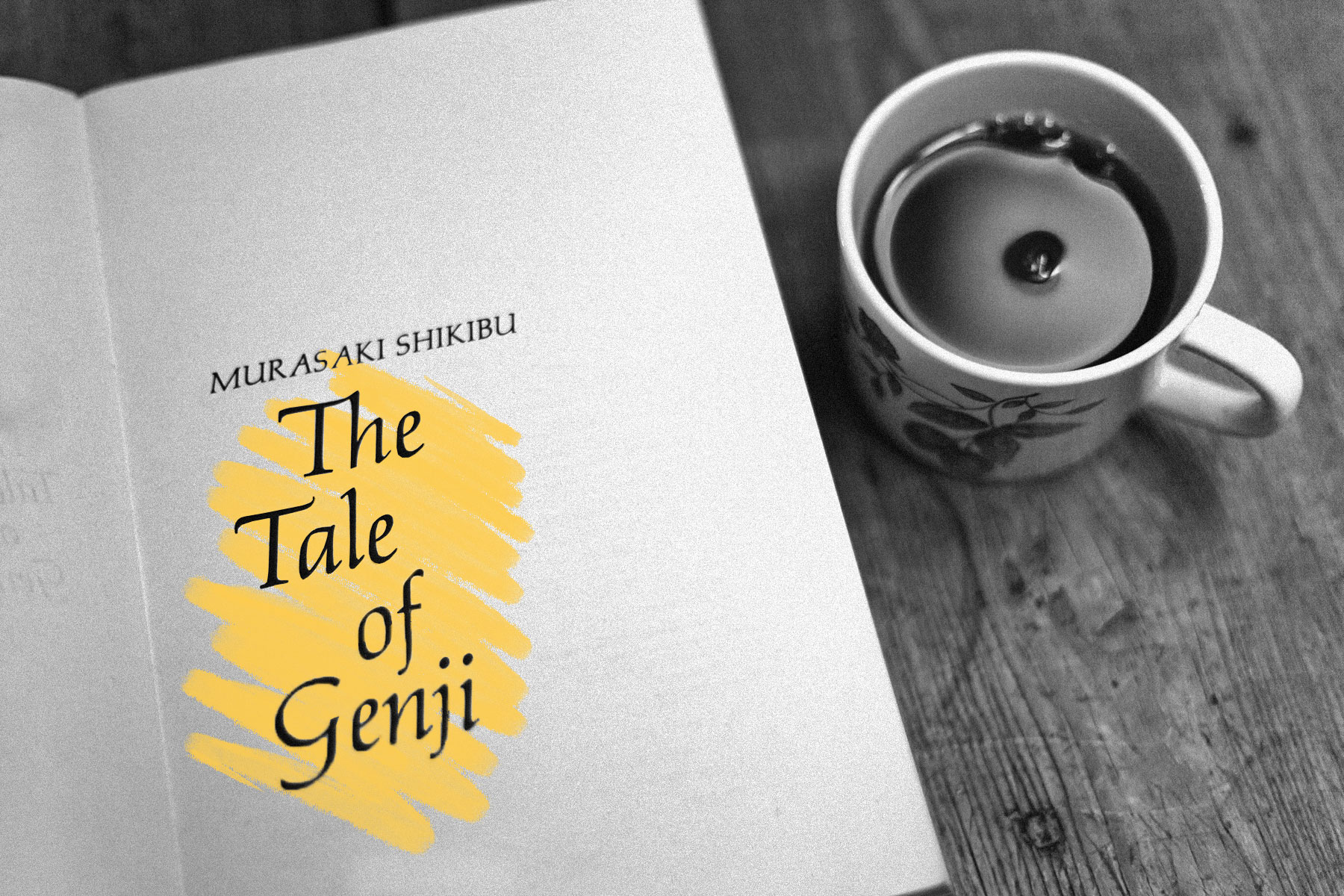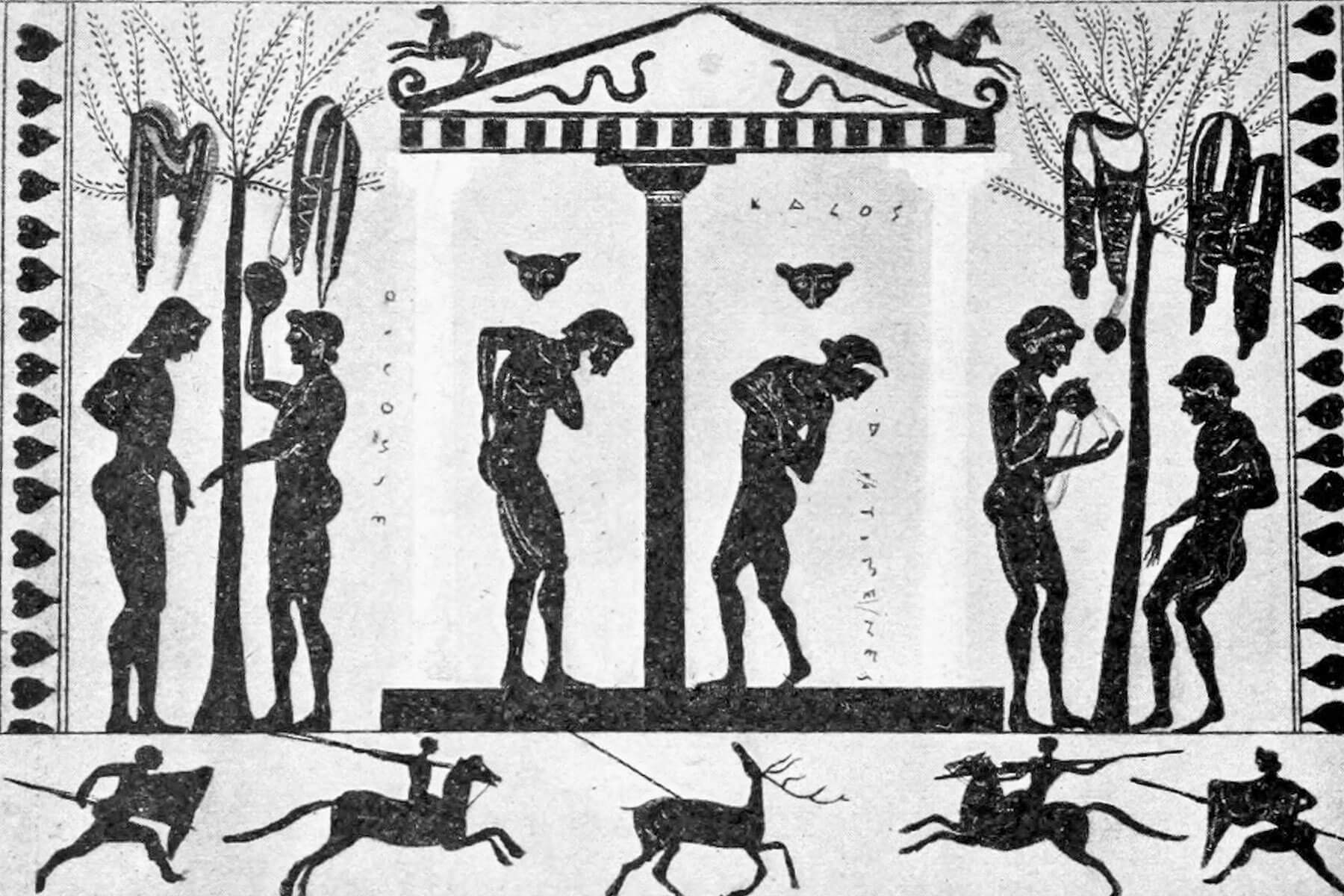 |
Women wrote nearly all early Japanese literature. |
Arts & Culture |
 |
| |
| Shikibu wasn't the only woman of her era to have a massive influence on Japanese literature. Of nearly equal importance were Sei Shōnagon, who wrote a book of observations on imperial court life called The Pillow Book, and the poet Izumi Shikibu. Considered by many to have been the foremost poet of her era, she's especially well remembered for love poems such as "If the One I've Waited For": "If the one I've waited for / came now, what should I do? / This morning's garden filled with snow / is far too lovely / for footsteps to mar." As the Heian period ended and the Kamakura period began, women found themselves in a lower position under the feudalistic government and had fewer opportunities to write. The literature of this era, which was written almost entirely by men, reflects the many wars that Japan experienced. | |
 | |
 | |||
| |||
Exceptional Travel Card: No Annual Fee + Bonus Worth $250 for Travel | |||
| Thank you for supporting our sponsors! They help us keep History Facts free. |
 | |||||||||
By the Numbers | |||||||||
| |||||||||
| |||||||||
 | |||||||||
| |||||||||
Haiku were originally part of longer poems. | |||||||||
| The brief, evocative haiku has long been famous for its three-line structure and strict syllable count (five in the first line, seven in the second, five in the third). Though one of the world's oldest poetic forms, it wasn't originally intended as a stand-alone work. Haiku actually began as the opening of a renga, a "linked poem" written by several authors working together, which first appeared some 700 years ago. The first stanza was the hokku ("starting verse"), which consisted of three lines and 17 syllables and was written by one poet; the second stanza, composed by a different poet, was a couplet with seven syllables in each line. The third stanza mirrored the structure of the first, the fourth mirrored the second, and so on and so forth for as many as 100 stanzas. The haiku proved popular enough to eventually become its own form of poetry in the 16th century. | |||||||||
 | |||
Recommended Reading | |||
 | |||
| | |||
 | |||
| | |||
| + Load more | |||
| |||||||||
| 700 N Colorado Blvd, #513, Denver, CO 80206 | |||||||||









0 komentar:
Post a Comment